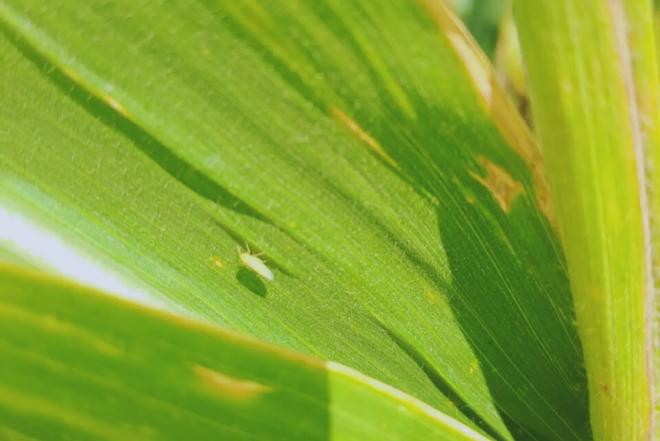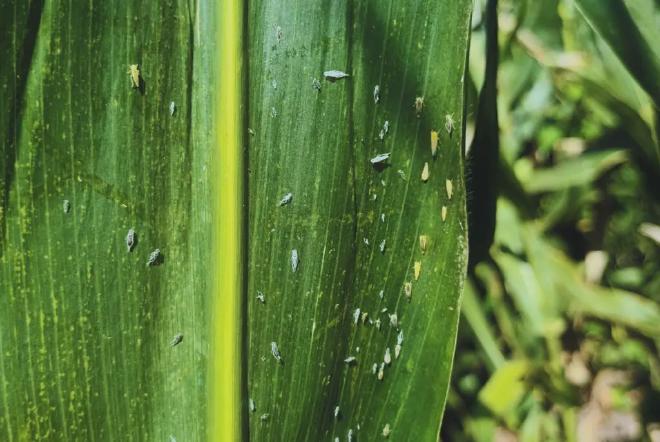

As of September 2025, populations of maize leafhopper (Dalbulus maidis), a vector of stunting, are at low levels in Argentina’s main producing regions. This was reported by INTA’s monitoring network, which for several campaigns has been carrying out systematic monitoring to provide early and reliable information to producers and technicians.
“The population levels detected until mid-September do not, for the moment, pose a phytosanitary risk. This are good news for Argentine corn, since the vector remains under natural control in most provinces,” said Adriana Saluso, researcher at the Argentine National System of Pest Surveillance and Monitoring of INTA Entre Ríos.
Hey winter… many thanks!!! #
According to INTA’s specialists, winter weather conditions played a decisive role. “The low temperatures of the winter limited the population growth of the insect vector, which could have favored its natural decline,” explained Daniela Vitti, a researcher at INTA Reconquista, Santa Fe.
However, not all regions showed the same behavior. In Chaco, the panorama was different. “The low number of frosts and the abundant winter rainfall favored the emergence of voluntary corn and the increase in the planted area, generating a favorable scenario for the development of leafhoppers,” Vitti warned.
Beyond the current low incidence, INTA insists on the need to sustain good practices to prevent future outbreaks. “The management of leafhopper requires a comprehensive and coordinated approach. It is not enough to look at what happens in a single campaign, but it is essential to sustain the strategies over time,” specialists remarked.
“These guidelines make it possible to reduce the pressure of the vector and, at the same time, minimize the impact of the diseases it transmits. The challenge is to combine cultural, genetic and chemical measures in a balanced way,” the agency indicated.

A virtual meeting that brings together producers and technicians #
To maintain the low incidence of leafhoppers, INTA specialists stress the importance of continuing with monitoring, training and meetings that allow updating knowledge and sharing experiences at the territorial level. For this reason, it was announced that the virtual webinar “Corn leafhopper: current situation and management guidelines” will take place on October 9, and will be broadcasted on the INTA Reconquista YouTube Channel.
With this kind of actions, the agency seeks to strengthen the articulation between research and production, while reaffirming the value of the monitoring network as a strategic tool to anticipate risks and offer quality information to the agricultural sector.
“Today the message is reassuring: the incidence of leafhopper remains low in most provinces. But we cannot be complacent. Prevention and integrated management are the best defense to protect Argentine corn,” the specialists concluded.
Contact [Notaspampeanas](mailto: notaspampeanas@gmail.com)

